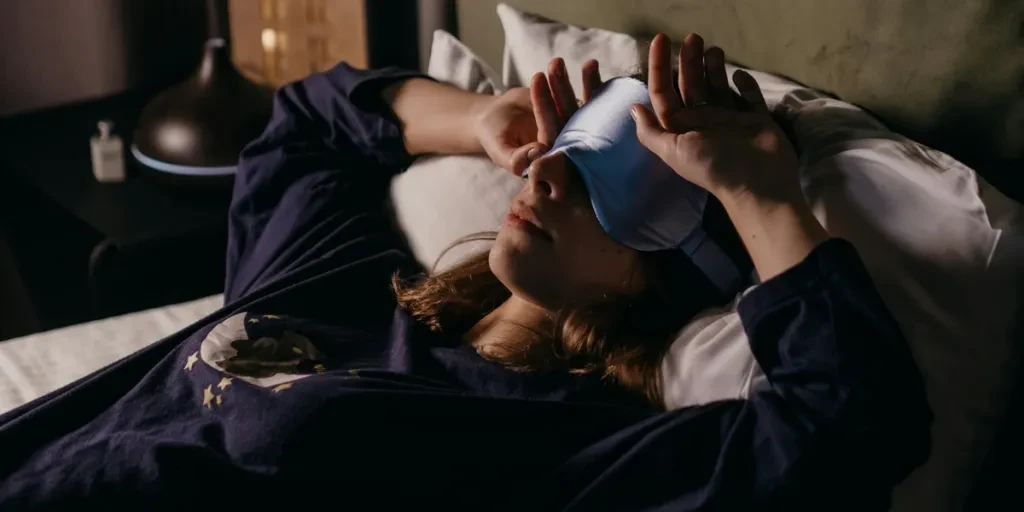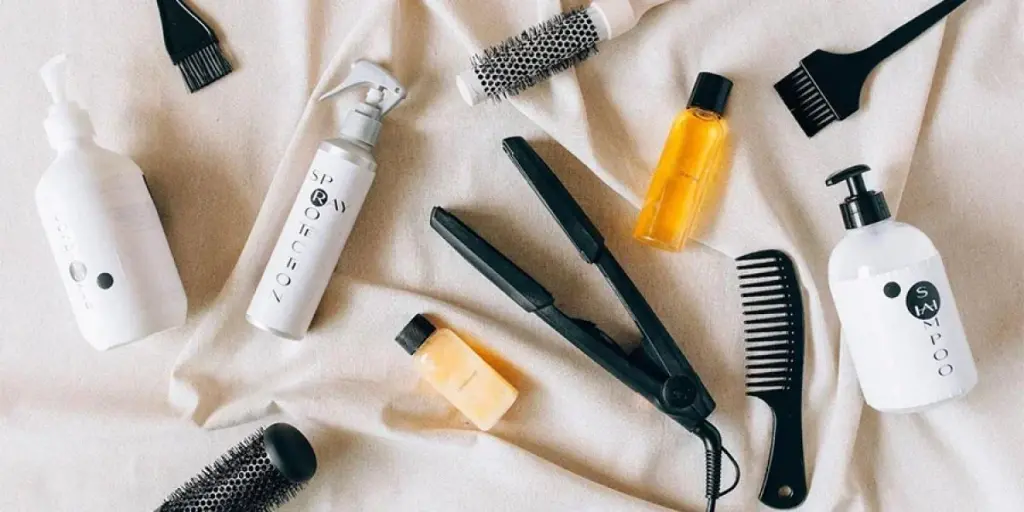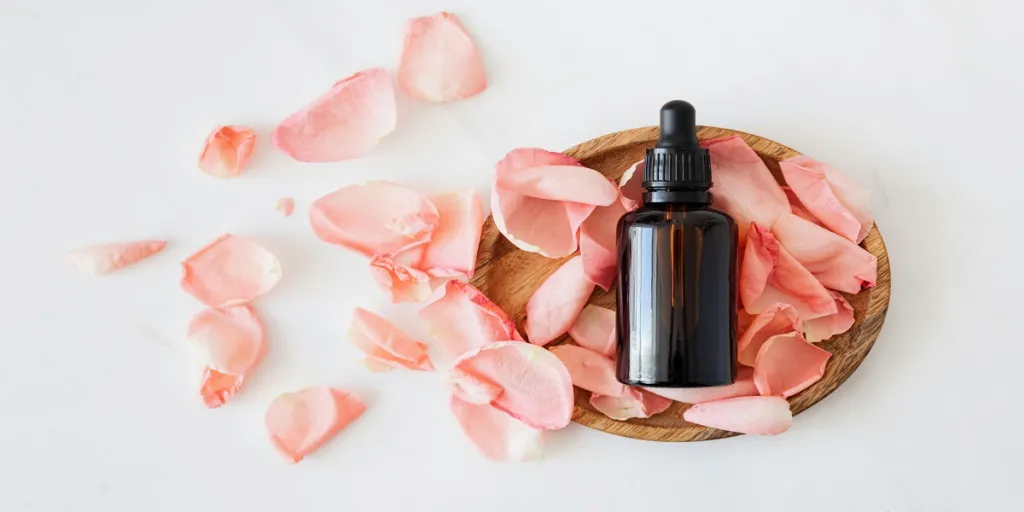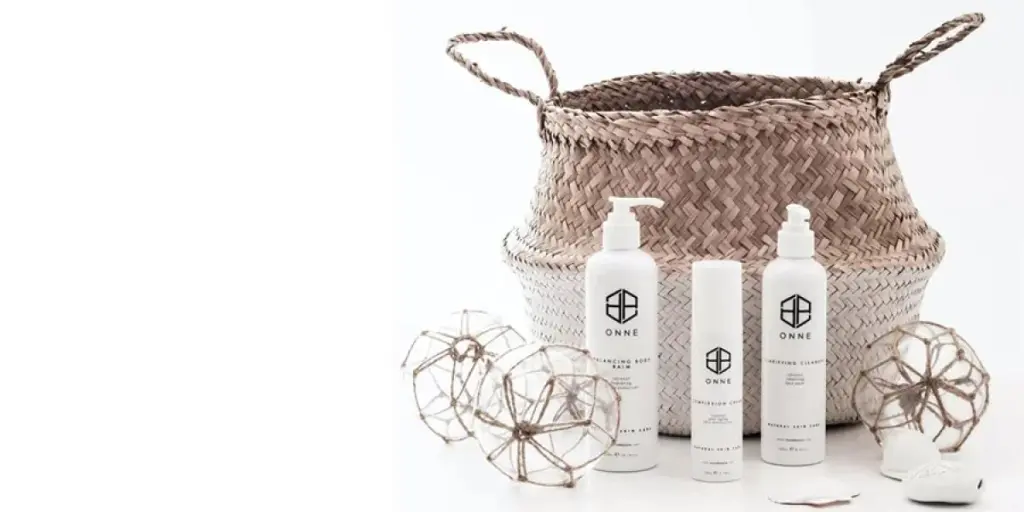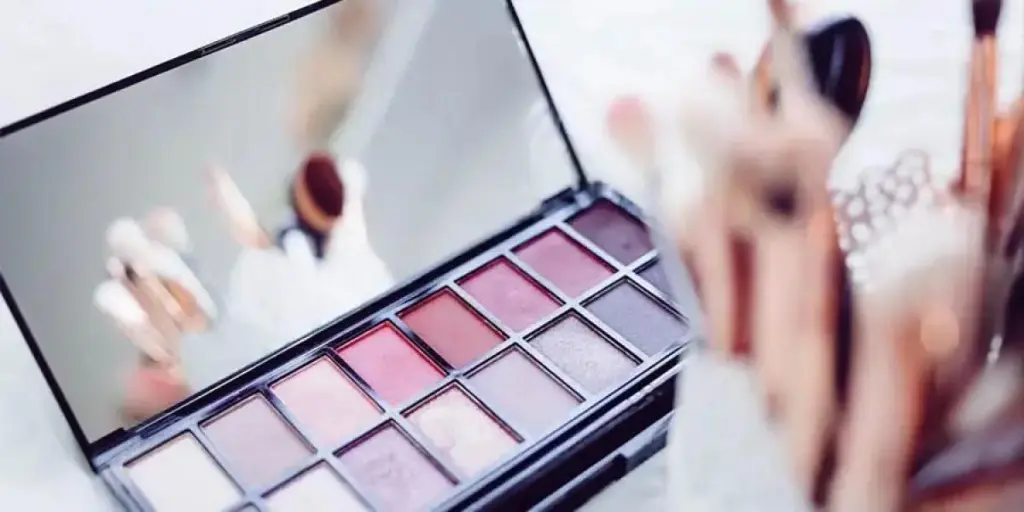Quality sleep can be a game changer when it comes to skincare. People in all age groups are seeking out structured sleep schedules as they identify the strong link between sleep and beauty. This mindset has fueled the rise of overnight beauty products.
A decade ago, getting a good night’s sleep was all about finding a comfortable mattress. Today, the market is flooded with products that help people fall asleep faster. Not only this, people also want products that help them get uninterrupted sleep. Owing to these trends, consumers are now drawn to overnight beauty products because they want these agents to do their work while they sleep.
In this article, we will explore the key trends of the sleep beauty market in 2025. We will also share a few tips on how wholesalers and retailers can profit in this lucrative market. A relevant product line and a flawless strategy are all that you need to make a mark in this segment.
Table of Contents
Overview of the global sleep products market
Regional evaluation
3 key trends in the sleep beauty market
1. Overnight masks
2. Anti-aging solutions
3. Restful sleep essentials
The future of the sleep beauty industry
Parting notes
Overview of the global sleep products market

Beauty sleep isn’t just a myth. It revolves around the idea that quality rest can help people get healthy and achieve glowing skin. No longer just a passive act, sleep has become the next, most rewarding wellness habit that affects almost every angle of beauty.
According to Statista, the global sleep economy was valued at USD 432 billion in 2019. They forecasted this industry to be worth USD 585 billion by 2024. Statistics like these illustrate the massive potential of sleep-related beauty products. These may include products like masks, serums, or fragrances. A large variety and the constant launch of new products make it clear that the beauty segment will continue creating new business opportunities.
Regional evaluation
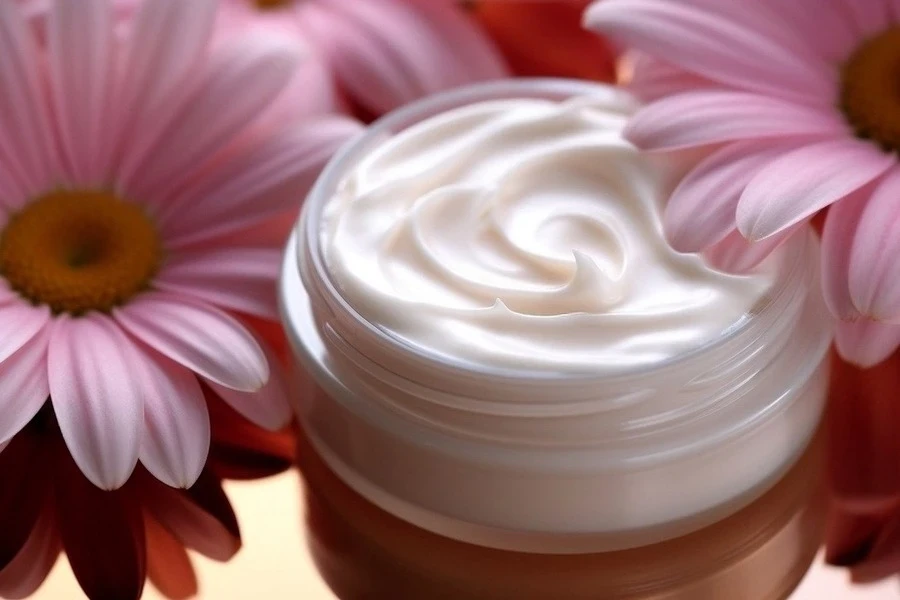
So far, it has been established that the nighttime beauty products industry has grown exponentially. Take a look at the following regional facts:
- There is an increasing awareness around skincare and personal grooming in the US, especially among women. In 2023, women accounted for nearly 63% of skin care product purchases (Grand View Research).
- Hispanic and African-American consumers are the key groups behind this expansion (NIQ).
- Consumers in Europe, Middle East, and Africa are more concerned about sleep-inducing supplements.
- North America leads conversations around hydration.
- The UK also has a high inclination toward overnight beauty balms.
Information like this can help businesses stock location-relevant products.
A closer look at trending keywords can also assist in decision-making. For instance, the key phrase “night repair serum” had an average monthly search result of 3,600 searches in the past year.
3 key trends in the sleep beauty market
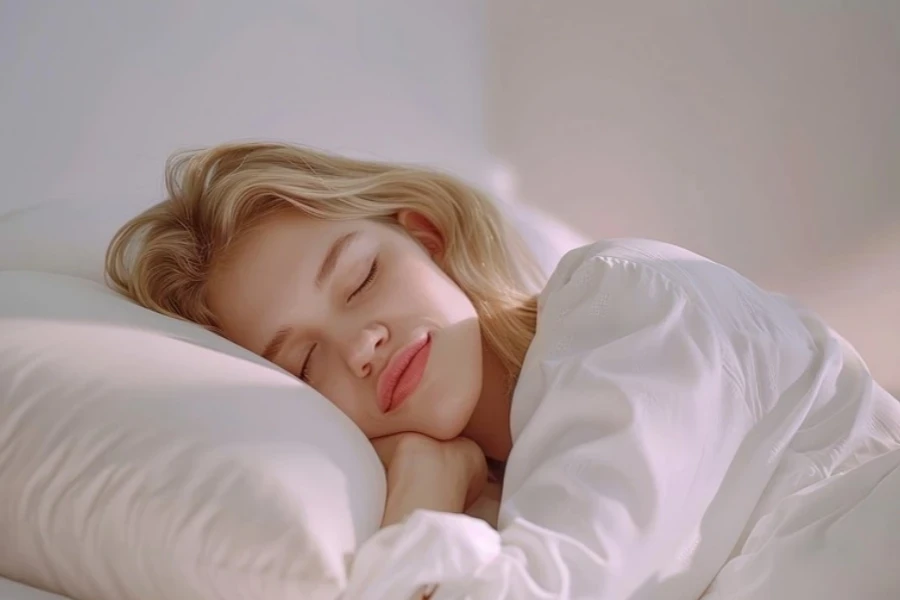
Here are the top three sleep beauty trends set to dominate in 2025:
1. Overnight masks

The desire to wake up to fresh, rejuvenated skin is encouraging people to invest in overnight masks. This trend extends to specialized treatments, such as lip care masks. Data from Future Market Insights (FMI) shows that the overnight hair treatment market was worth US $84.45 billion in 2024. It is expected to grow to US $146.79 billion by 2034. This will be at a compound annual growth rate (CAGR) of 5.7%.
While body masks are often seen as a luxury, face masks remain popular across various age groups. Marketing teams use terms like “antioxidant-rich” and “encapsulated retinoid” to grab consumer interest.
When operating in this segment, businesses can use the following strategies:
- Promote masks as the final step in the “Get Ready With Me” (GRWM) routine trending on platforms like TikTok and Instagram.
- Invest in skin-soothing sleep masks that offer a “morning shed” experience. This may include products like peel-off second-skin masks, which appeal to consumers who want a visible transformation.
- Choose formulas that offer lasting benefits, like those that boost collagen to improve skin elasticity.
- Draw inspiration from Korean skincare, known for its cutting-edge formulas.
- Use sustainable packaging and natural ingredients to appeal to eco-conscious consumers.
Wholesalers and retailers can also improve their offerings by studying consumer needs. For instance, creating masks tailored to specific concerns—like hydrating formulas for dry skin or sebum-controlling options for oily skin.
2. Anti-aging solutions
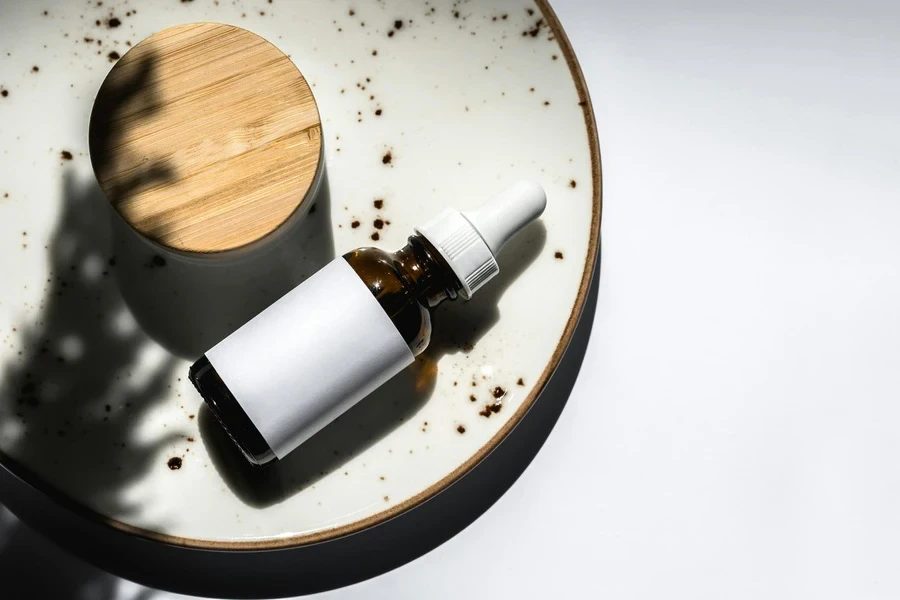
The rising awareness that skin requires extra care after age 30 has surged the demand for overnight anti-aging products. Research from The Benchmarking Company shows that over 50% of women aged 18 to 24 are already interested in adding anti-wrinkle products to their routines.
Nighttime skincare routines focused on boosting collagen levels can effectively combat wrinkles and fine lines. As a result, ingredients like retinol, peptides, and collagen are gaining traction for their proven anti-aging benefits. Younger consumers, worried about premature aging, are interested in a more informed and science-driven approach to skincare.
Clare Varga, Head of Beauty at WGSN, coined the term “skinvestors” to describe next-gen consumers who view skincare as an investment. These informed buyers prioritize evidence-based products. They are naturally drawn toward derma and skin-tech brands that deliver solid outcomes.
Here are some actions businesses can use when investing in anti-aging solutions:
- Use strong language in marketing. Terms like glowing, preventative, and collagen-rich appeal to consumers who want holistic skincare solutions.
- Develop products featuring next-generation actives like NAD+ (nicotinamide adenine dinucleotide) and glutathione. These are known for fighting free radicals and promoting cellular repair.
- Explore peptides like tripeptide-32 in Estée Lauder’s Advanced Night Repair Serum. They can support the skin’s natural repair processes during sleep.
Success in a competitive anti-aging market requires continuous innovation and strategic promotion. The suggestions listed above are just a starting point. Businesses should carry out deeper analysis and act according to the needs of the hour.
3. Restful sleep essentials
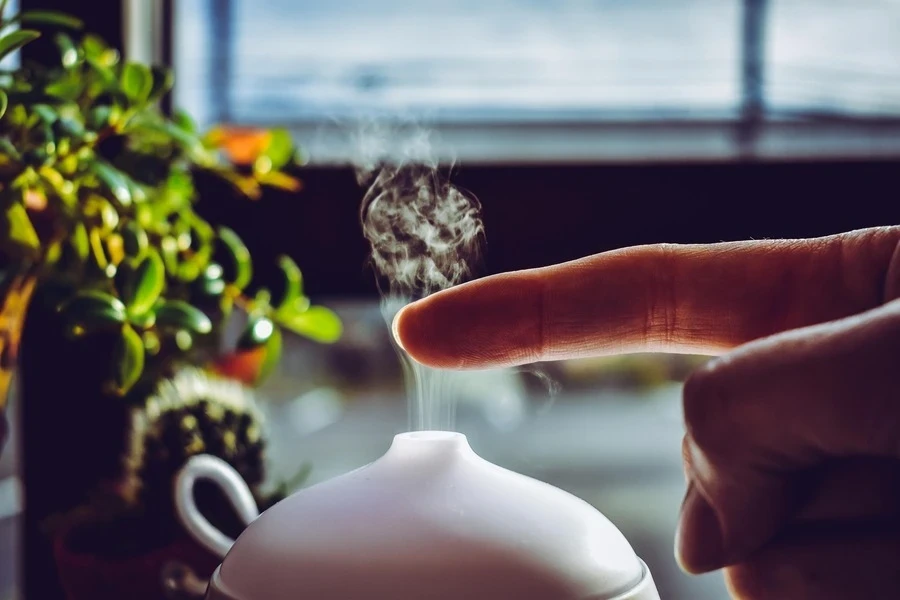
The shift from a hustle culture to a wellness-oriented lifestyle has increased demand for restful sleep solutions. Today’s consumers are focused on creating environments that support refreshing overnight sleep. Products like laundry sheet sprays and diffusers are gaining popularity. They can create a calming, restorative atmosphere that triggers a peaceful sleep.
Some useful strategies that could help capitalize on this trend include:
- Partner with laundry-care brands to develop soothing, dual-purpose products.
- Introduce sprays and mists with calming scents like lavender or geranium, which are known for their sleep-enhancing properties.
- Develop cooling products for daytime naps in warmer climates.
Calming products offer an incredible business opportunity by combining functionality with sensory appeal. The onus is now on brands to use existing data and resources to invest in sleep-enhancing solutions that consumers seek.
The future of the sleep beauty industry

The sleep beauty industry is evolving. It is shaped by three key trends, which are:
- Focus on clinical effectiveness: Consumers now demand products backed by science. Ingredients with proven benefits, like peptides and antioxidants, are in high demand. This shift from “clean” to “clinically effective formulas” is growing, especially in markets like the US and UK (McKinsey & Company).
- Adoption of a sleep wellness lifestyle: Sleep is no longer just a health need. It is a cornerstone of wellness. Influencers and tech leaders push the importance of good sleep, fueling demand for luxury sleep products.
- Emphasis on ethical practices: Sustainability is a priority for eco-conscious consumers. Brands are adopting cruelty-free ingredients, eco-friendly formulas, and sustainable packaging to meet these expectations.
Parting notes
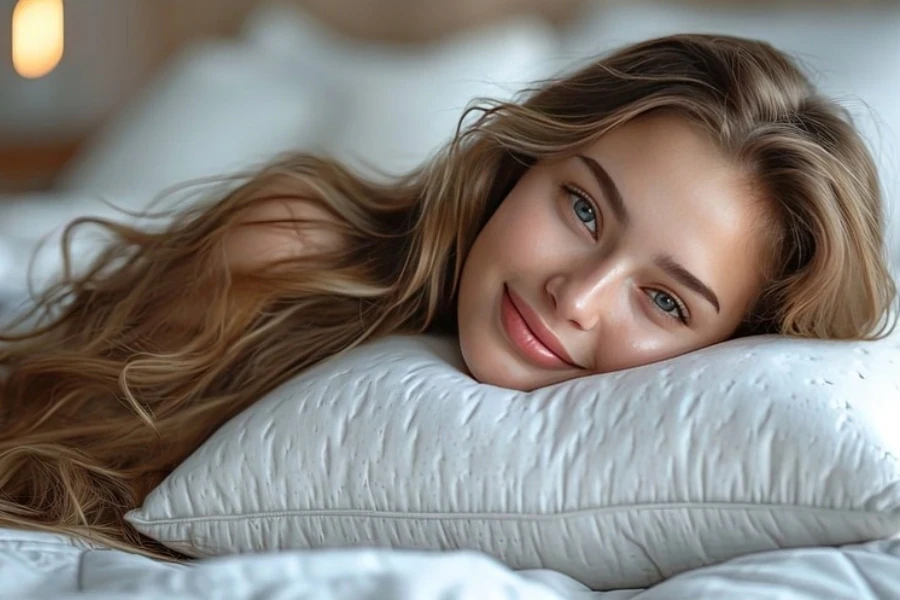
The buzz around quality sleep and its impact on wellness creates exciting business opportunities. Now is the time to tap into consumers’ needs and design products to improve sleep. Even those that strengthen hair and pamper feet are popular in the current beauty landscape.
Tracking trends on platforms like TikTok and Instagram can help gather regional insights and adjust inventories effectively.
For more information, stay tuned to Alibaba.com Reads for updates on the latest sleep beauty trends.
